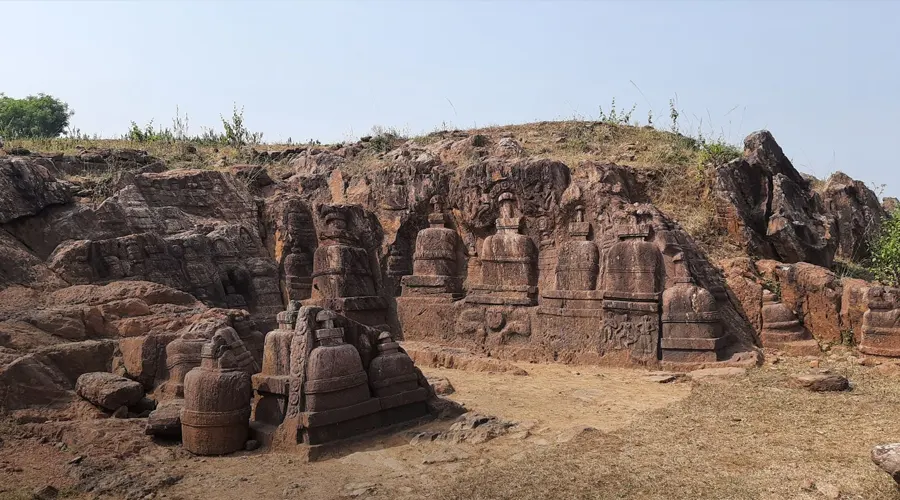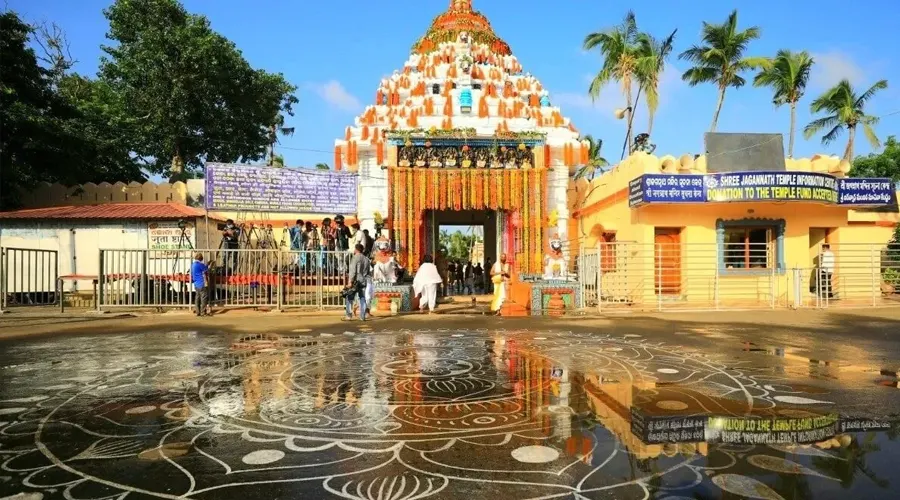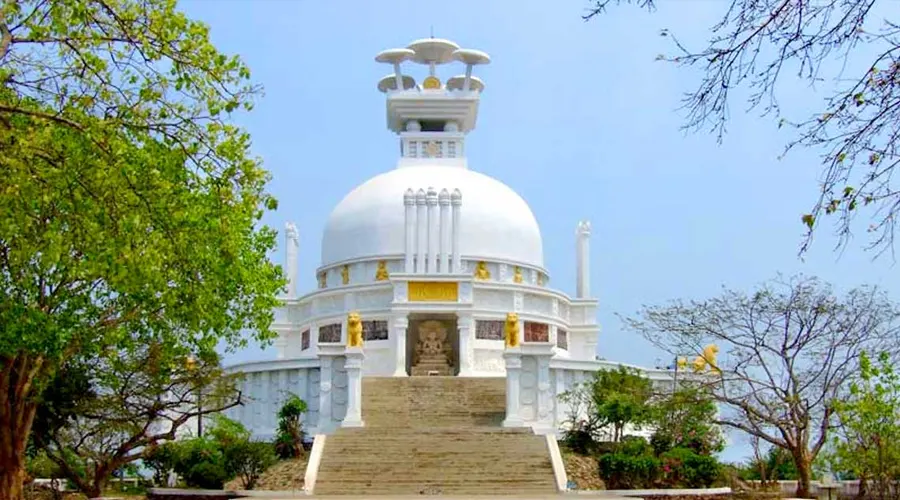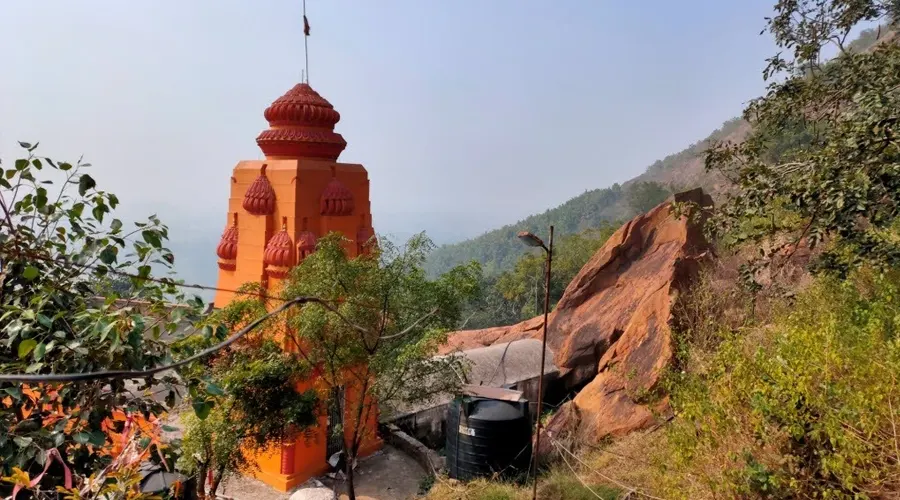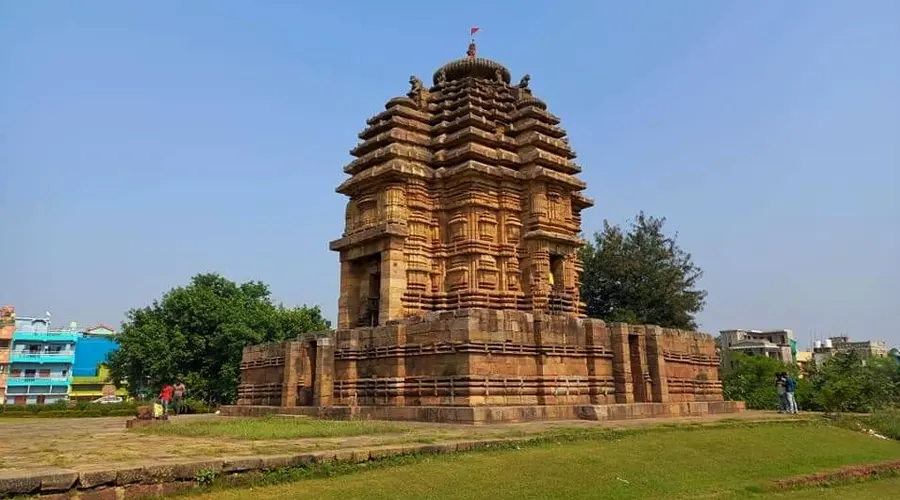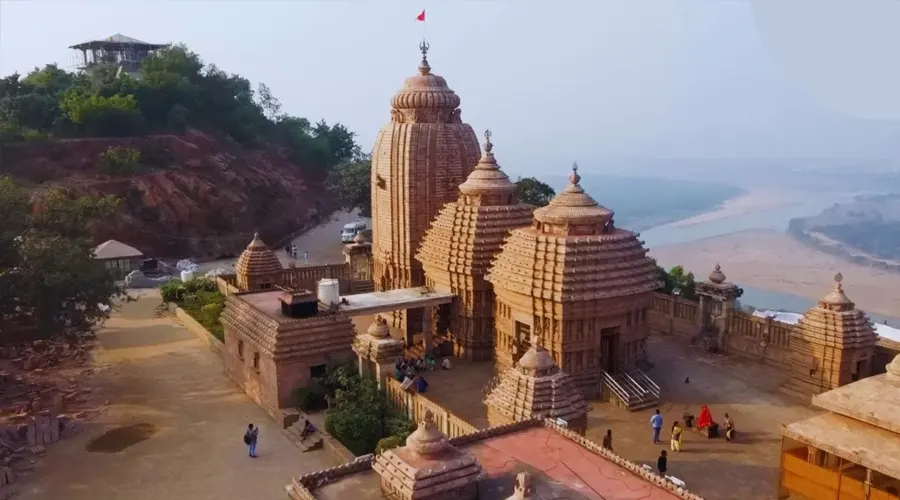Kuruma
Some 8 km southeast of Konark Sun Temple, there is located a small village in Puri, Kuruma. Kuruma is a popular Buddhist heritage site in Odisha and is known for offering a great insight into the Buddhist culture of the state. Believed to have been built in the 9th-10th centuries, the place was first located by Shri Barajabandhu Das who was a school teacher.
Between the period of 1971 and 1975, an excavation project was carried out at Kuruma by the Odisha State Archaeological Department. Before this period, a stone slab was found here that contained an idol of Lord Buddha in bhumisparsha mudra. Apart from this, a couple of more statues were recovered near the pond. The finding of these statues led to the excavation period. It is said that once there existed a Buddhist Monastery which was also referred to by Hiuen Tsang.
This Buddhist monastery has twelve blocks with a height of 34 m each including three blocks in each cardinal direction. It also has Buddhist monk's cells a shrine chamber and a large courtyard with the shape of ‘Swastik’. Though the place is abandoned now, it is still worshipped by locals. At present, the site has a small temple with three Buddhist idols.
The first is Buddha sitting in a bhumisparsha mudra (crossed legs) with the left hand on the knee. Whereas, the other two Padmapani Avalokiteshvara and Revanata are placed near the water tank. The locals of Kuruma worship all three images as ‘Yamadharma’.
History of Kuruma
Located in the eastern state of Odisha in India, Kuruma is a small village known for its archaeological relevance and proximity to the Sun Temple in Konark. Historically, Kuruma was not a well-known tourist destination in comparison to its illustrious neighbor— the Sun Temple in Konark. However, its significance has been recognized due to excavations and studies conducted by archaeological surveys.
Ancient Roots of Kuruma
The history of tourism in Kuruma can be understood through the history of the Sun Temple in Konark, a UNESCO World Heritage Site. The grandeur of the temple, built in the 13th century by King Narasimhadeva I of the Eastern Ganga Dynasty, has attracted visitors and pilgrims for centuries. The intricate carvings and architectural brilliance make it one of India's most iconic historical sites.
Archaeological Significance of Kuruma
It was only in the latter half of the 20th century that Kuruma came into the limelight when the Archaeological Survey of India (ASI) conducted excavations in the region. These excavations unearthed remnants of Buddhist heritage including statues of Buddha, possibly dating back to the 9th to 11th centuries AD. This discovery suggested a historical linkage between Buddhism and the region, making it an intriguing site for tourists interested in history and archaeology.
Architecture of Kuruma
This Buddhist monastery has twelve blocks with a height of 34 m each including three blocks in each cardinal direction. It also has Buddhist monk's cells a shrine chamber and a large courtyard with the shape of ‘Swastik’. Though the place is abandoned now, it is still worshipped by locals. At present, the site has a small temple with three Buddhist idols.
The first is Buddha sitting in a Bhumisparsha mudra (crossed legs) with the left hand on the knee. The other two Padmapani Avalokiteshvara and Revanata are placed near the water tank. The locals of Kuruma worship all three images as ‘Yamadharma’.

